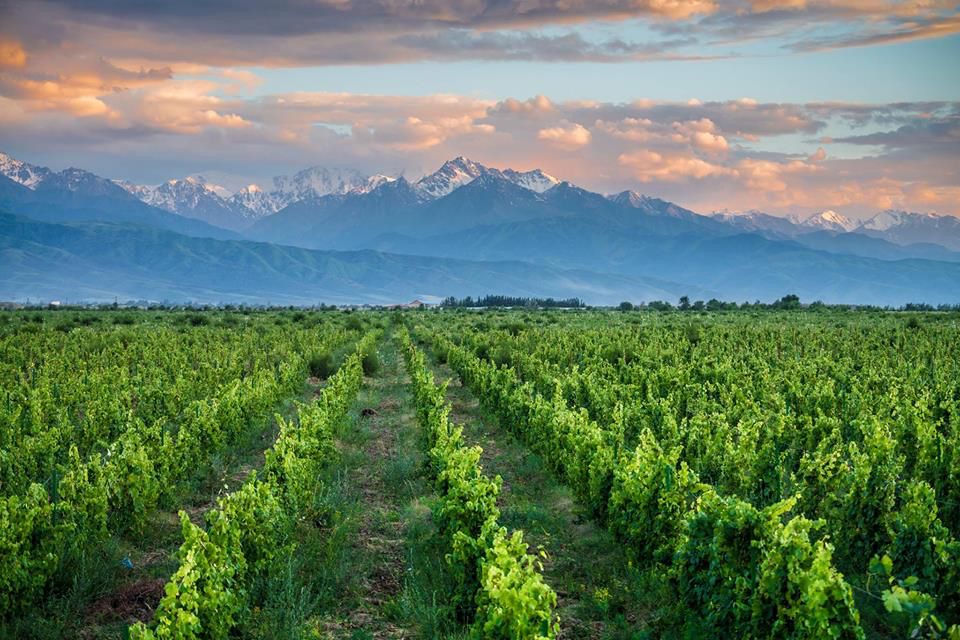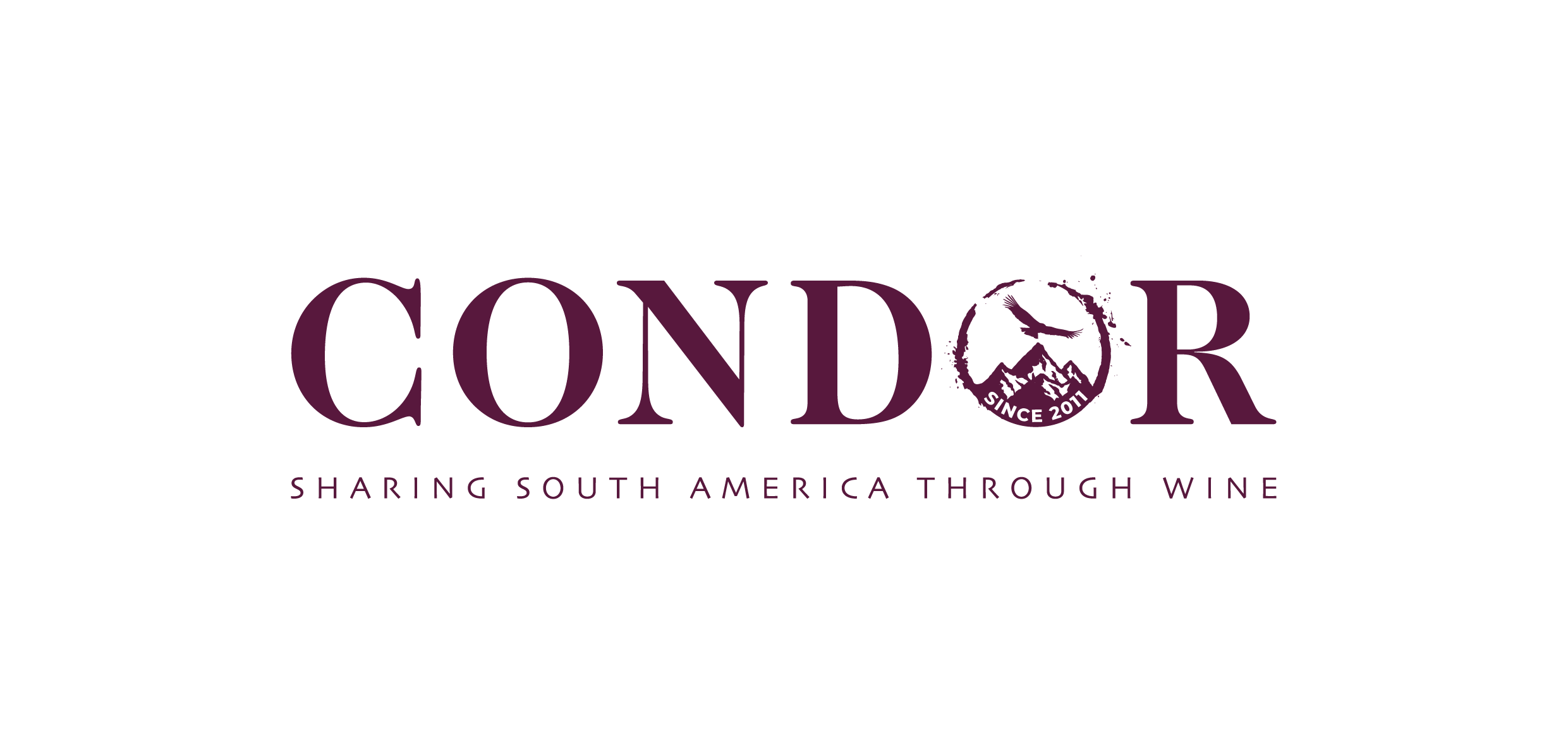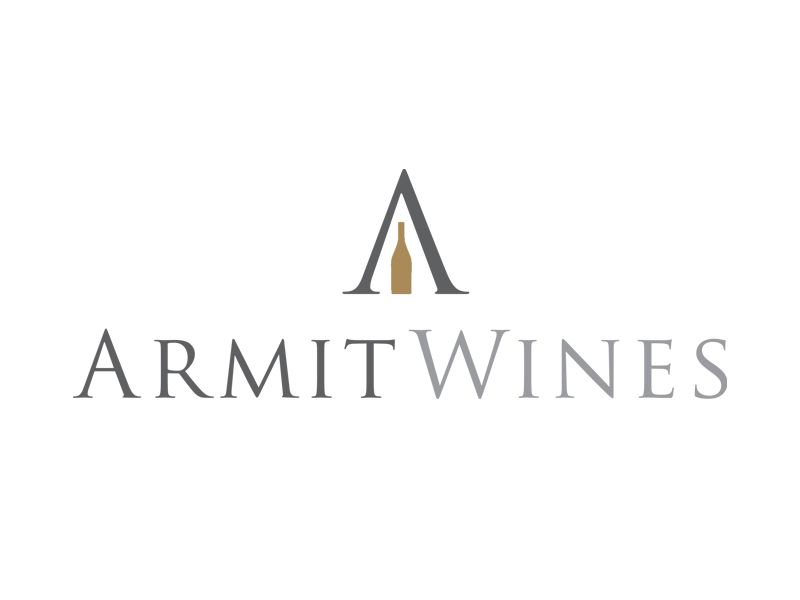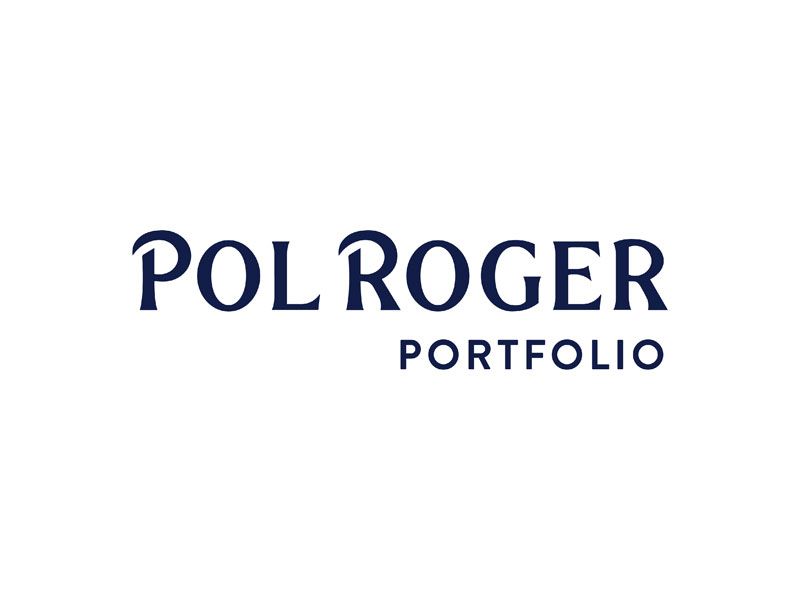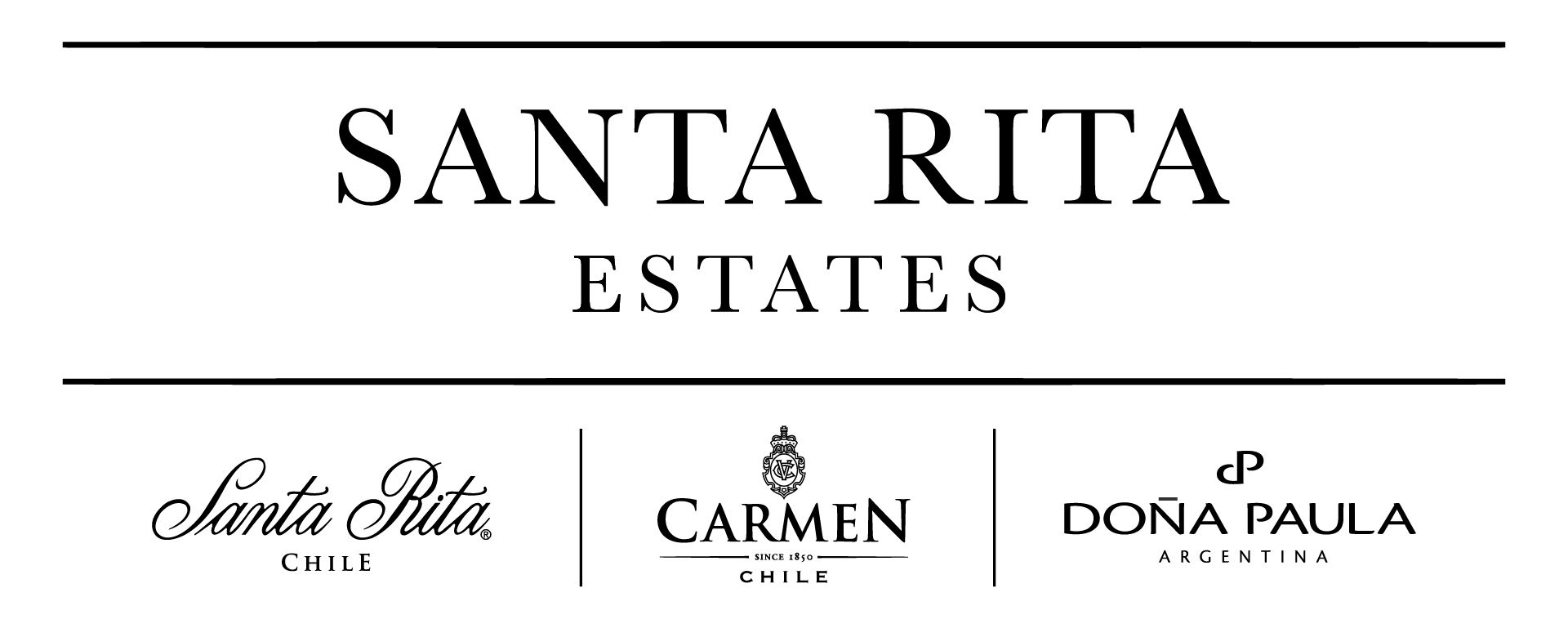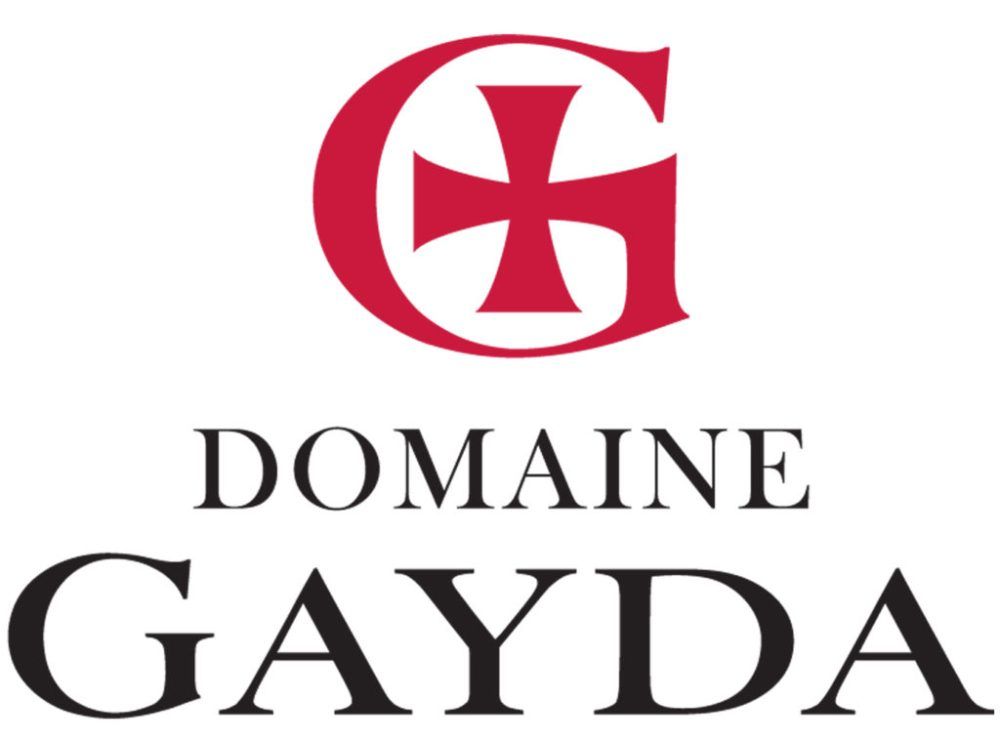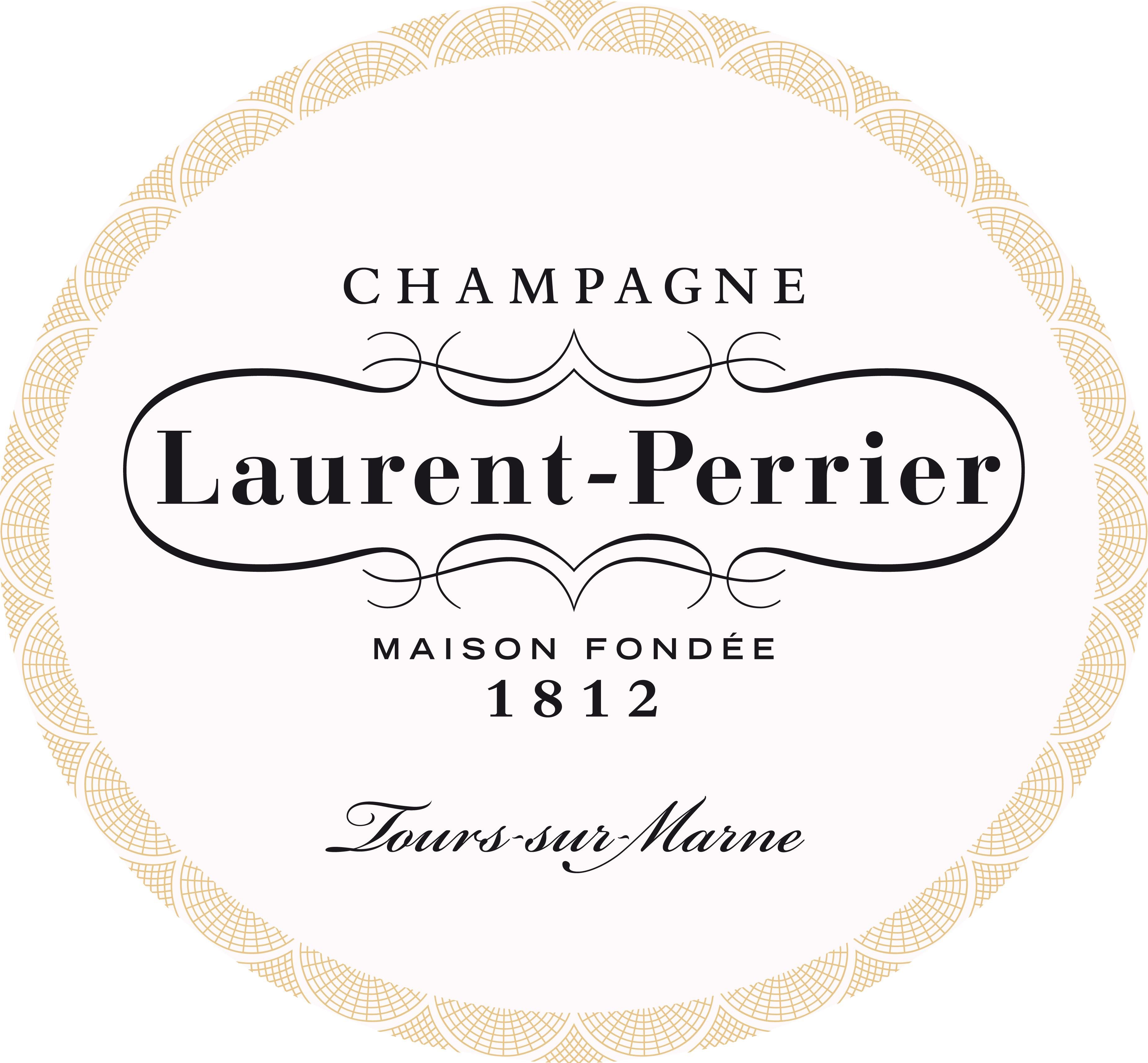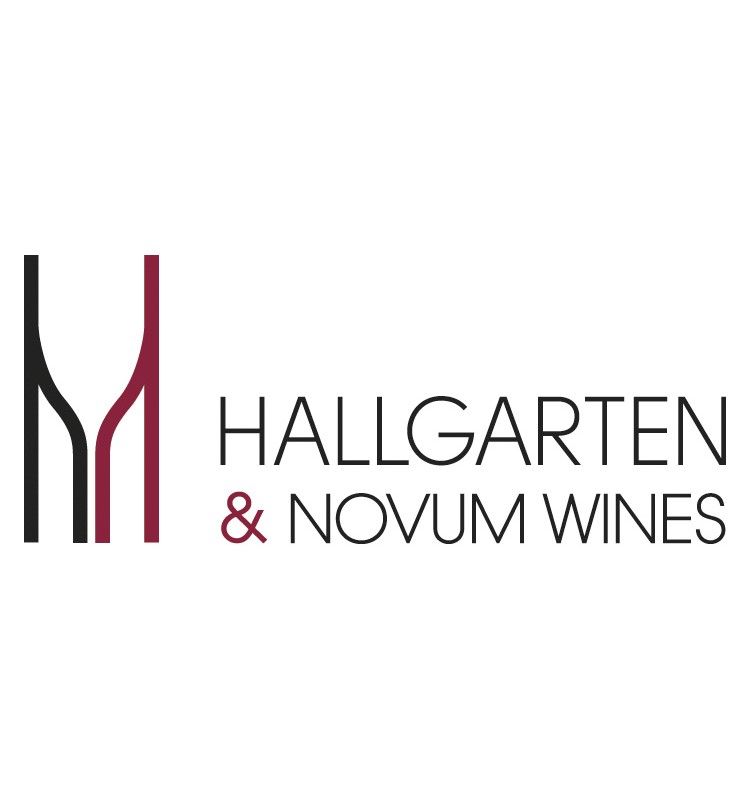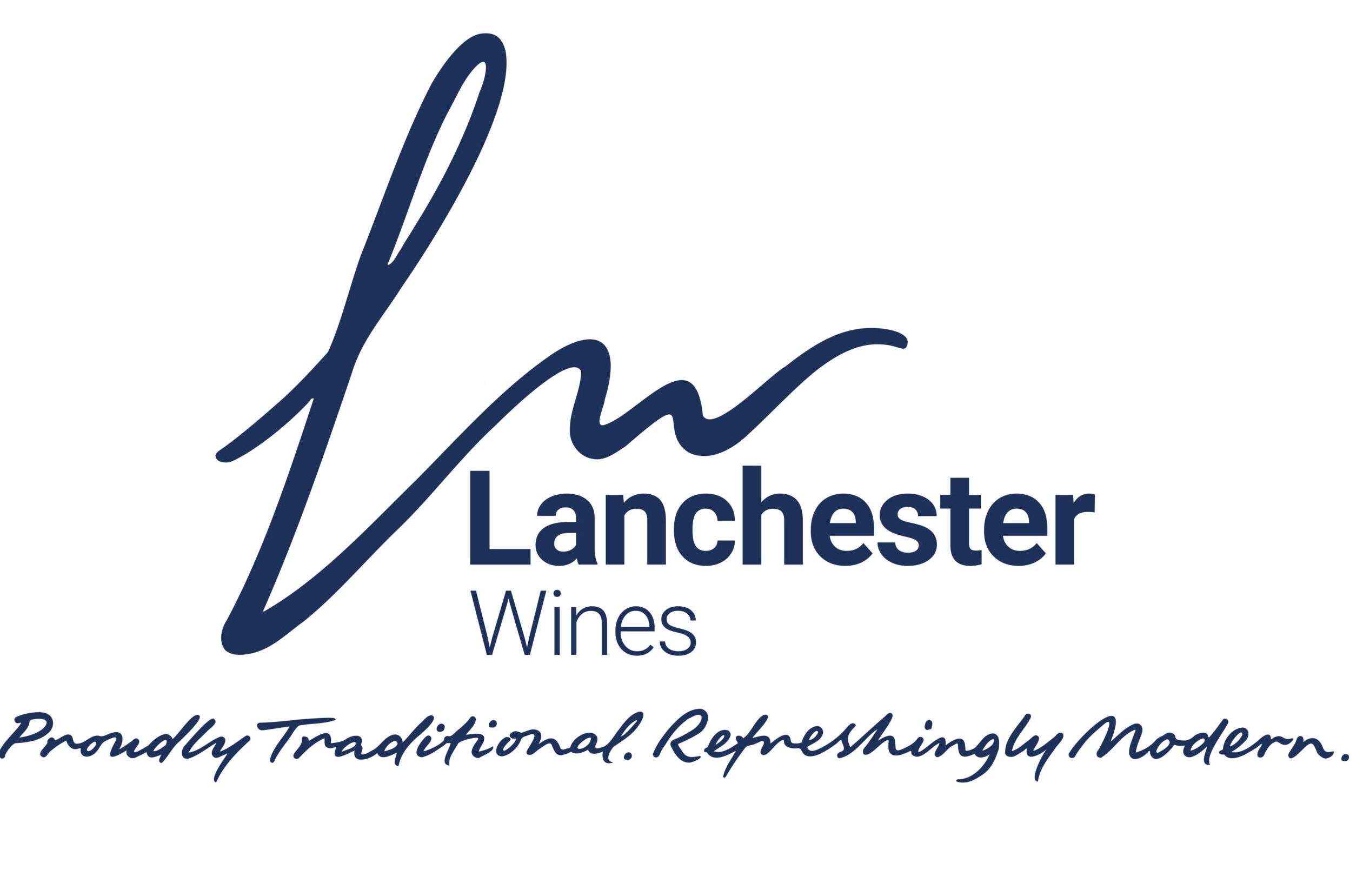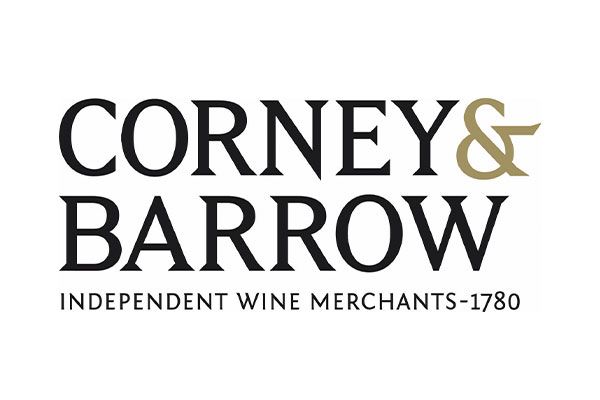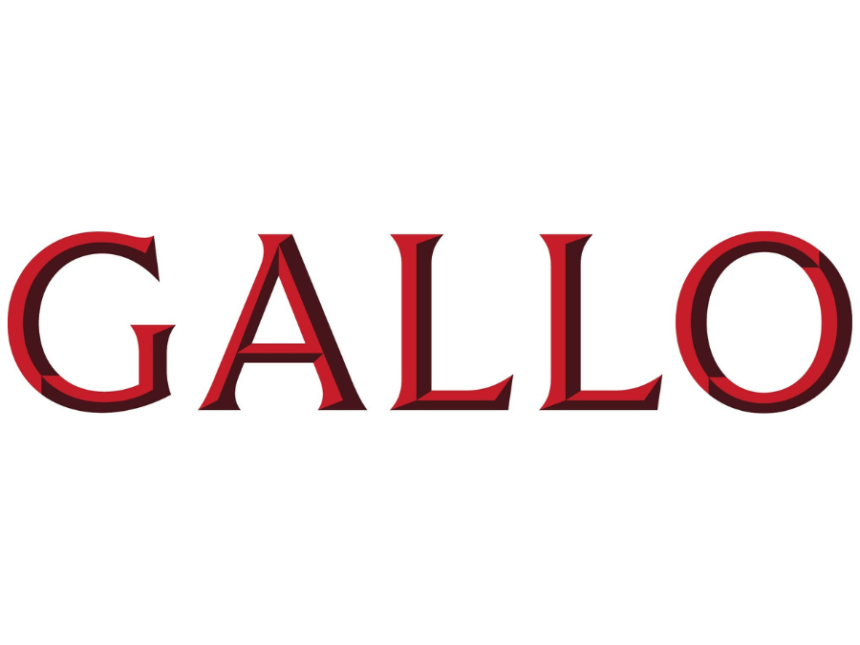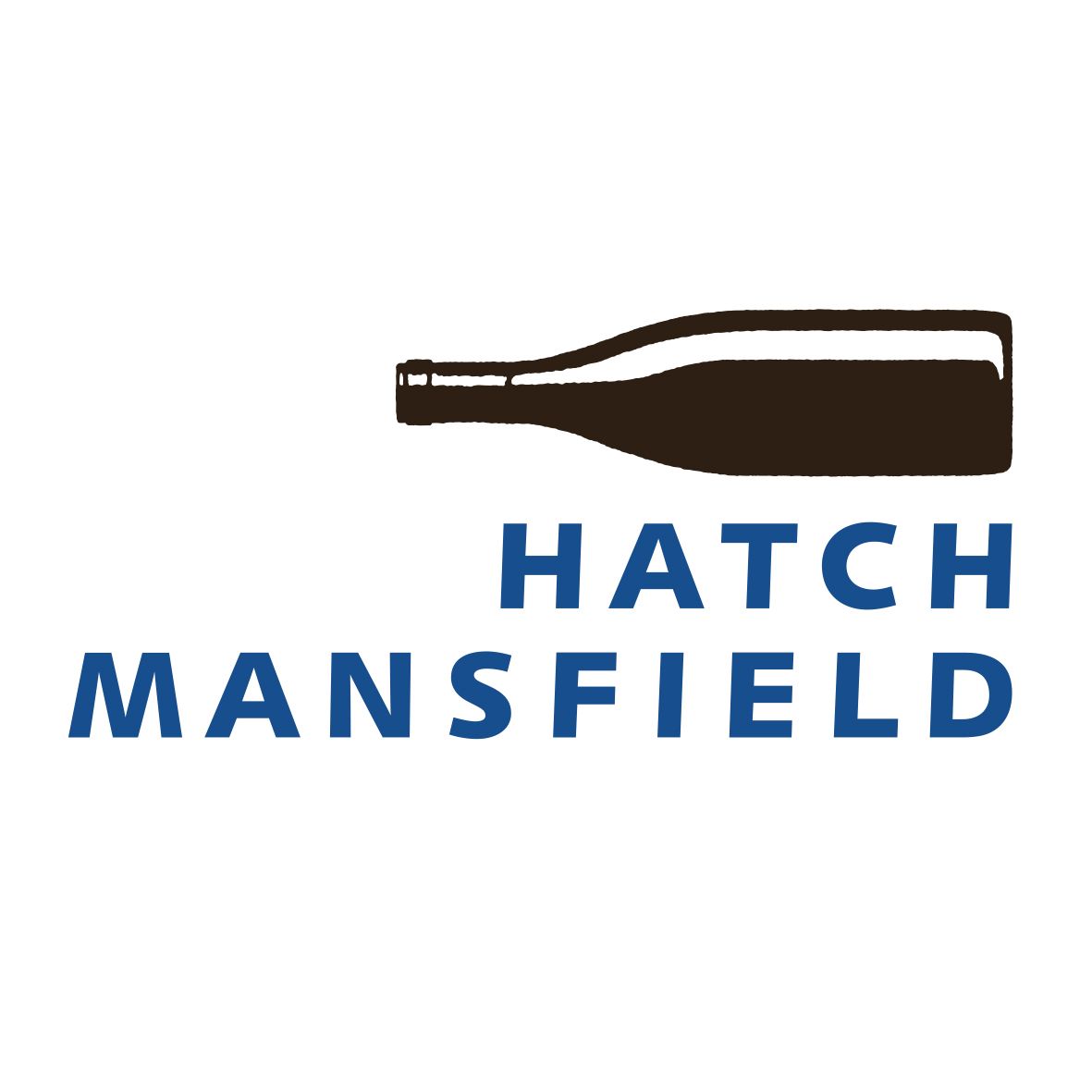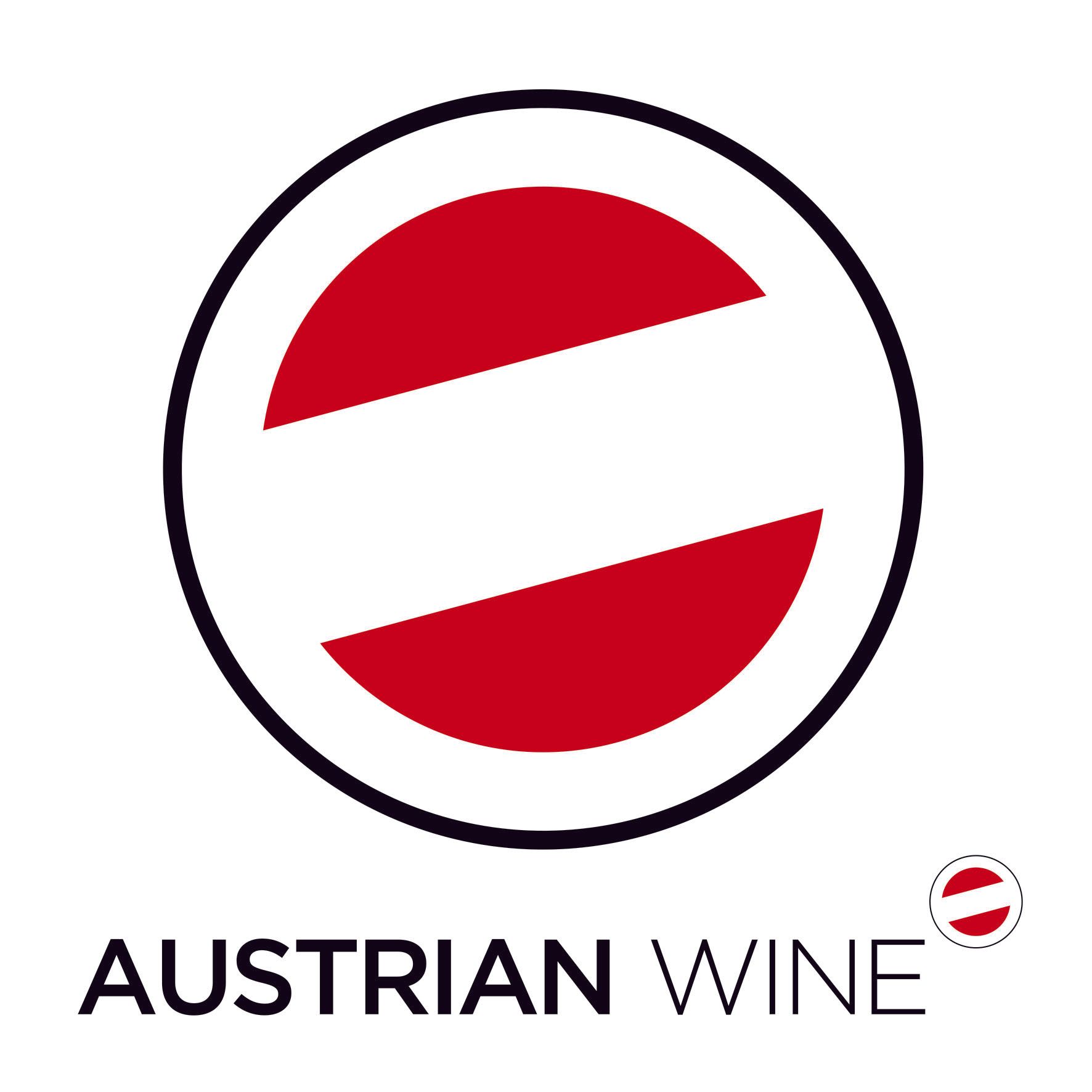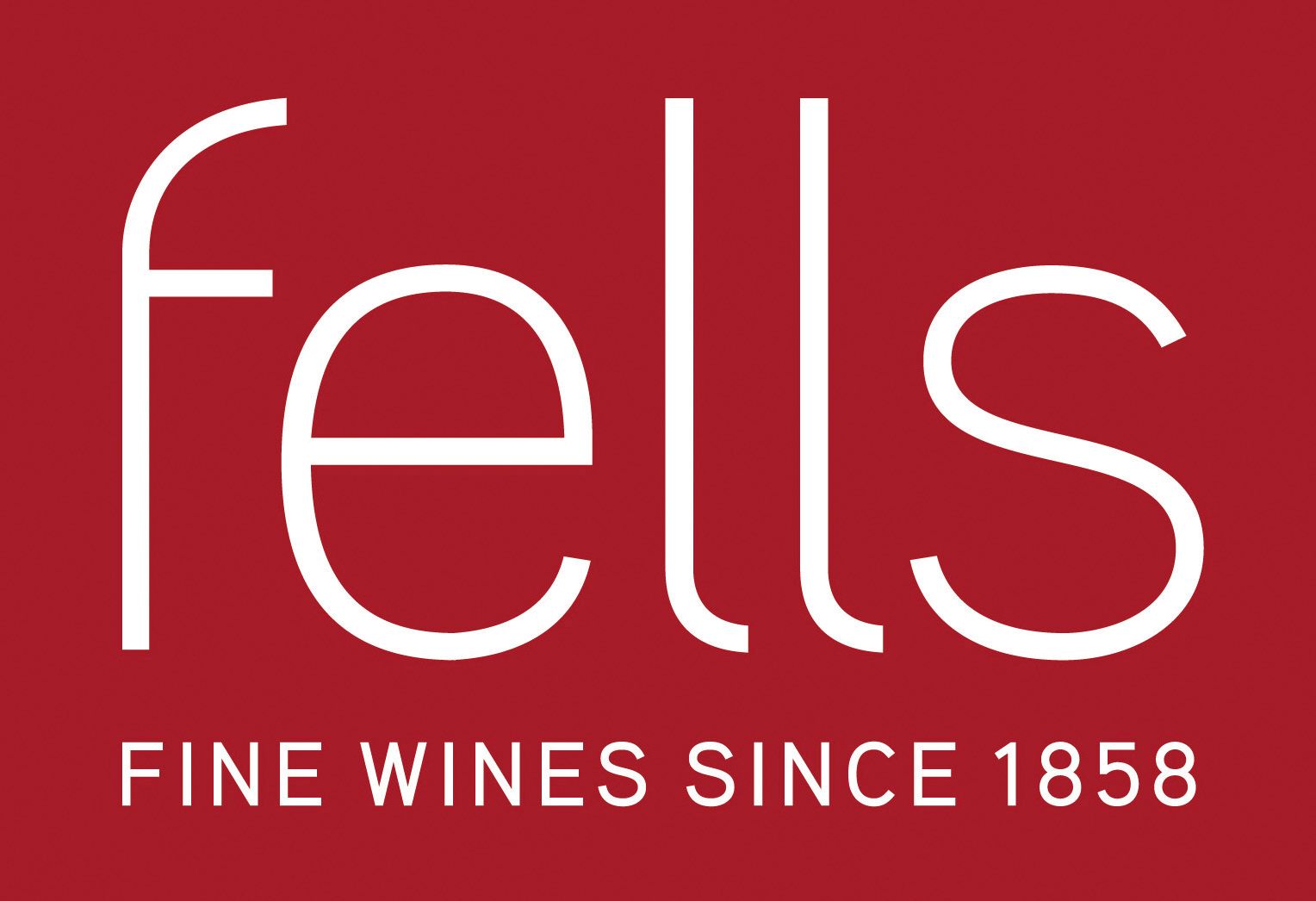The reds and, particularly, the whites from Kazakhstan show genuine quality at a London wine tasting event.
On June 23 British voters took a major leap into the unknown by voting to leave the European Union. Nobody knows what the future holds.
By contrast, British drinkers have been taking rather less hazardous leaps into the unknown for years, with the vinous cognoscenti increasingly familiar with wine from countries such as the Lebanon, Turkey, Greece, Cyprus and now, Kazakhstan.
Kazakhstan? Well, yes. After an appearance at this year’s London Wine Fair, Arba Wine laid out its wares in central London last week and very good they were too.
Though unknown outside first the Soviet Union and then the Commonwealth of Independent States, Kazakhstan has been making wine for decades. But it has always been an ‘also ran’ compared to Moldova, Georgia and Armenia, the main producers in the Soviet and post-Soviet era.
Quality has always been an issue, because most wine was destined for the Russian market, which is defined by excessive sweetness and low price. Another problem was President Gorbachev’s ill-starred anti-alcohol campaign of the early 1980s, when many vines were uprooted.
“Soviet vineyards were actually very high quality, as was the fruit; the problem was the vinification process, which was crude and aimed the wines at the mass market,” says Zeinulla Kakimzhanov, owner of Arba Wines, who set out to revive quality Kazakh winemaking at the start of the millennium.
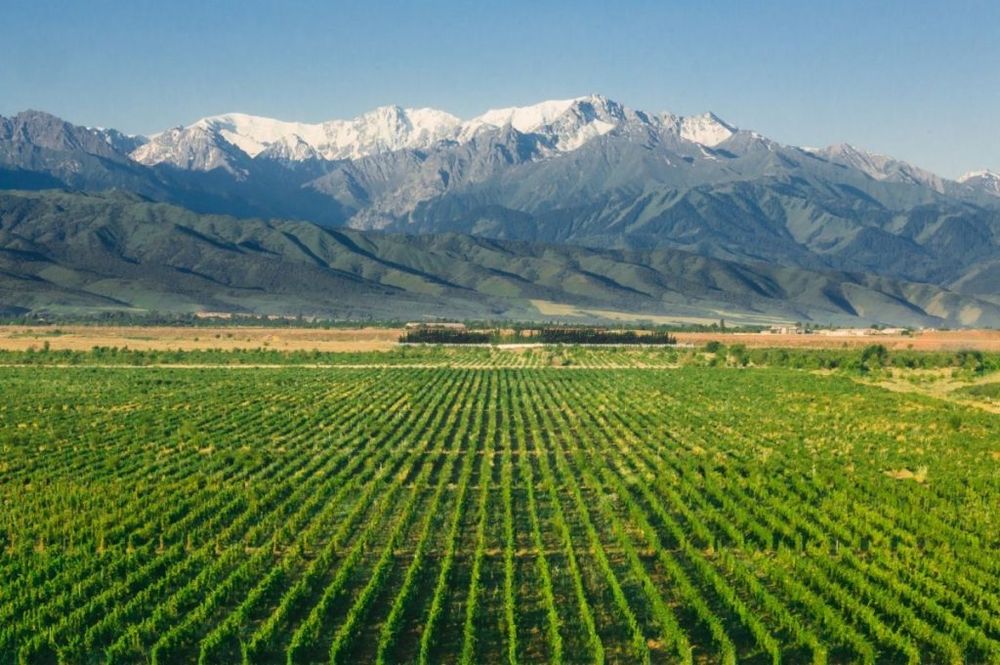
Great climate and high altitude has helped Arba become a quality producer
The climate at Arba, located near the village of Karakemer, in the Assa Valley in south-east Kazakhstan – around one hour from the former capital, Almaty – is perfect, with huge diurnal temperature swings giving freshness and vitality to the grapes. Quality is further enhanced by the altitude – 1000 metres – low humidity and the organic winemaking skills of Donato Lanati’s Enoisis consultancy, which has been working with Kakimzhanov to transform Arba into a quality producer.
The jewel in the crown here is the ungrafted wild vines which were discovered after 30 years of complete neglect. They were nursed back to health and now make some of Arba’s most intriguing wines, defined by low acidity and soft, warm tannins.
Of these, the Lagyl Arba Saperavi 2013 and the Pino Arba Pinot Noir 2013 both show wonderful fruit, the former a much softer and rounder incarnation of the grape than many Georgian Saperavi, the latter a warm, blackberry-charged Pinot Noir that does equally well on its own as with food.
Arba’s other red, the Kyzyl Cabernet Franc is a very well made wine too, but more conventional on both the nose and palate, perhaps reflecting the fact it was made with newly planted vines rather than wild.
But it is Arba’s white wines that truly delight:
The Ainala Gewurztraminer 2013 is light, fragrant and perfectly balanced, a wine that will appeal to lovers of this variety but also to those who have never warmed to its floral characteristics (these are relatively restrained here, compared say to a typical Alsace Gewurztraminer).
The AK Kazakh Riesling 2013 – made from existing vines rather than imported ones – is again, a wonderfully light and fragrant expression of the grape, with lychee and white apricot flavours on the palate.
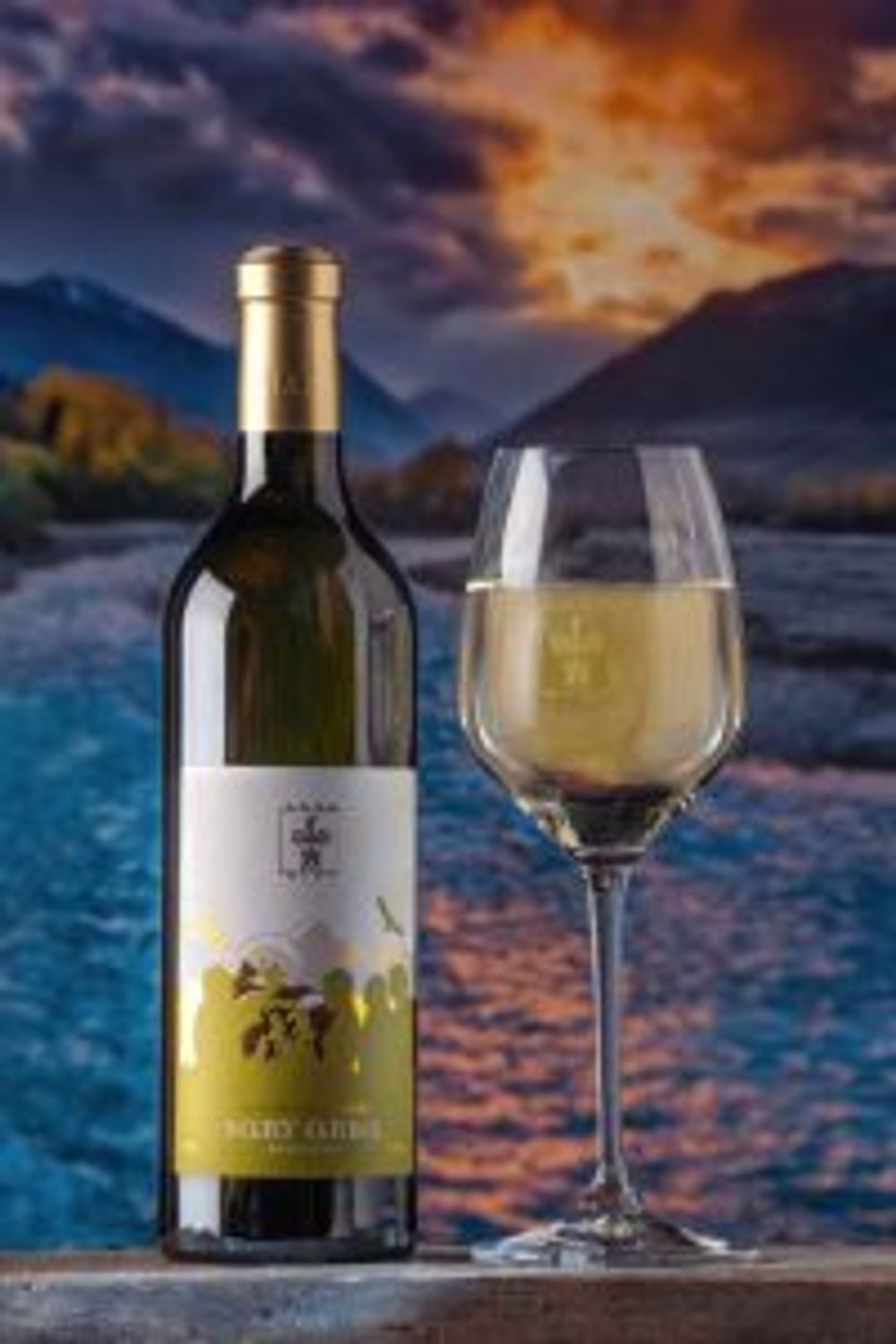
The last white on show, the Sary Rkatsiteli 2013 is, like the Saperavi, made on the wild vines; this is a highly approachable wine – but with that distinctive Rkatsiteli tang which may not be to everyone taste.
Arba wines will be available to buy later in the summer, with a large consignment currently on its way to a large distribution centre in Europe, from where orders will be met. The wines will retail for between £16-25, depending on the wine. Arba currently make some 400,000 bottles but plan to slowly expand this, especially if demand proves high. Which it should.
